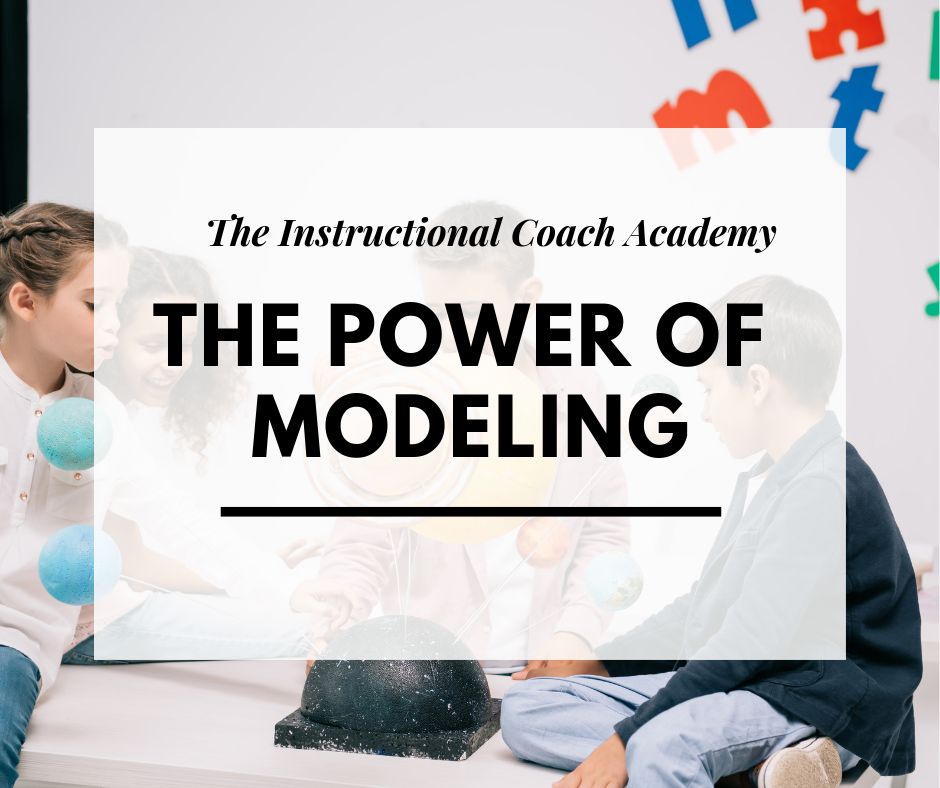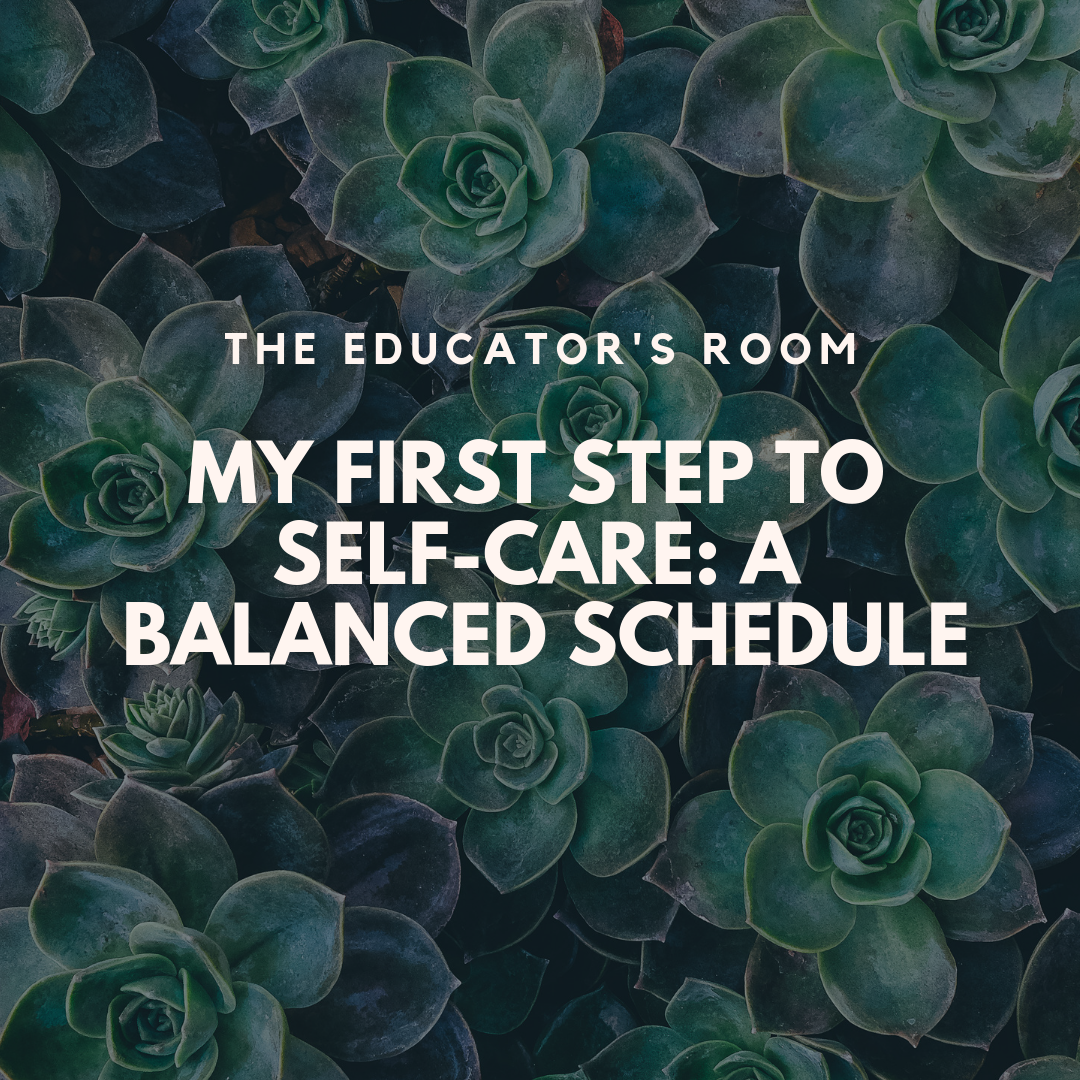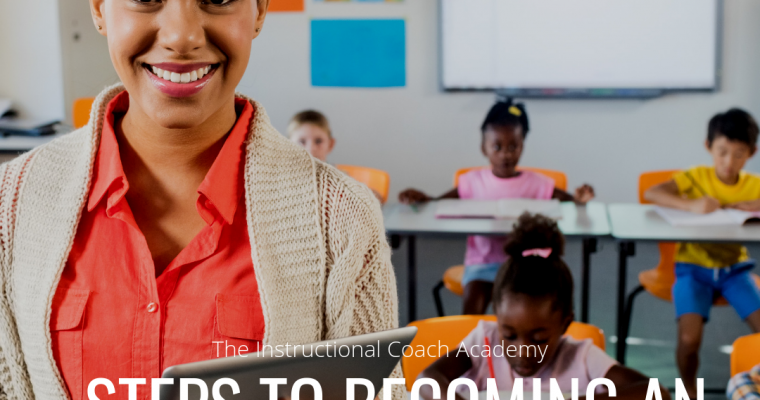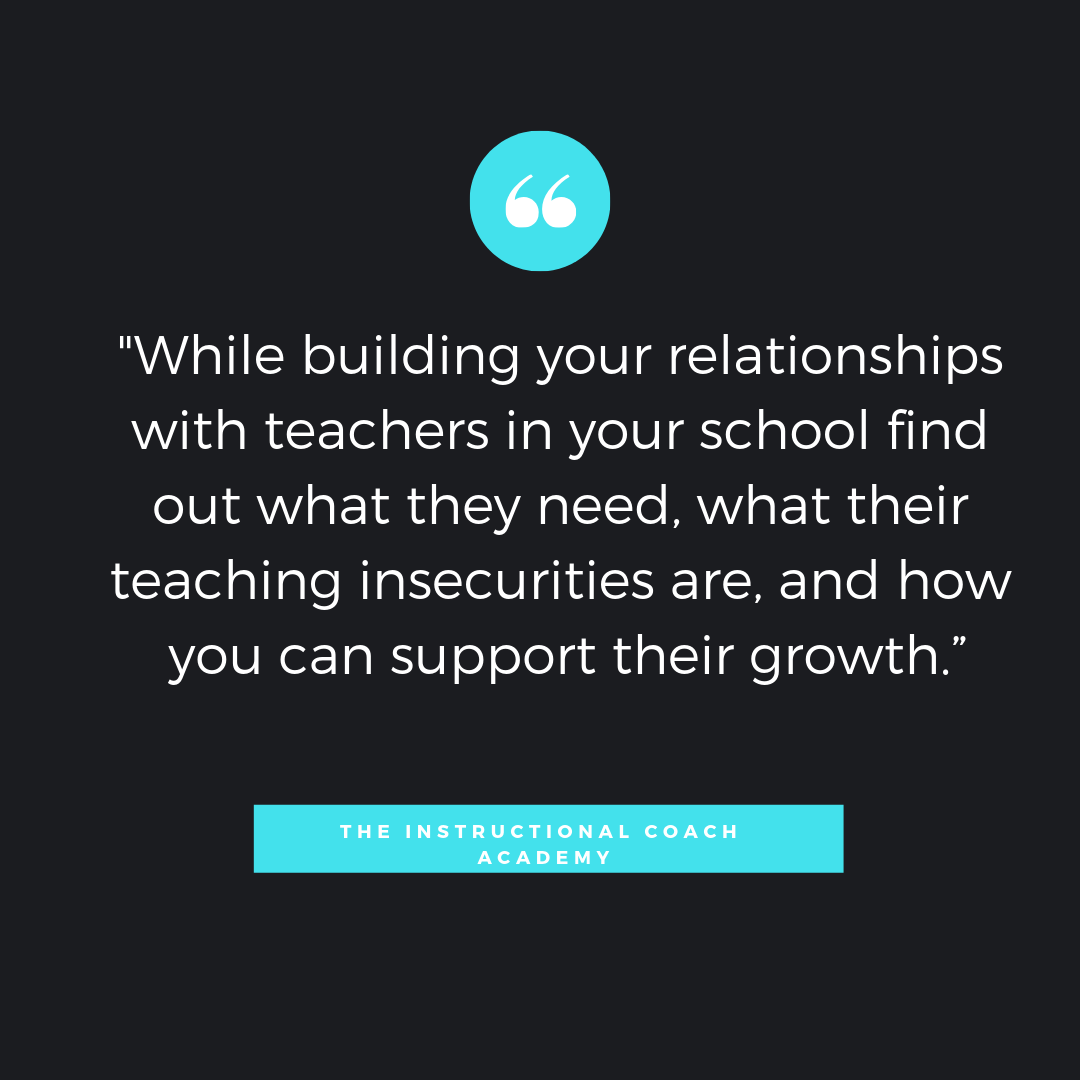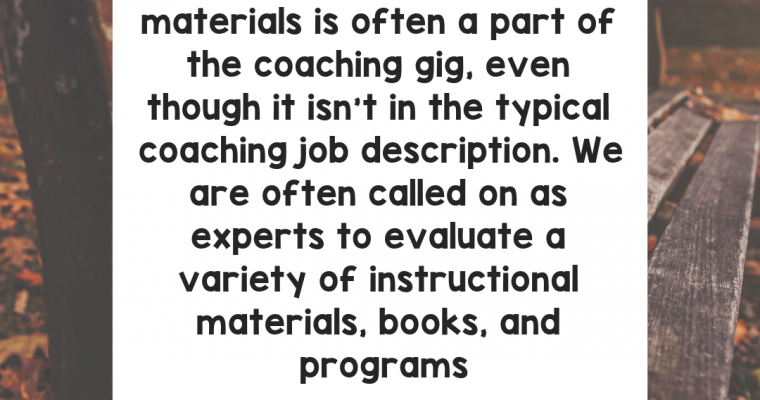Stuck in the Middle
Sometimes I feel stuck in the middle of…well, everyone. Not only am I navigating and sometimes mediating relationships among teachers, I also wind up third party to student-teacher, counselor-teacher, or administrator-teacher interactions. Let me be clear: I do not take sides and I do not […]


